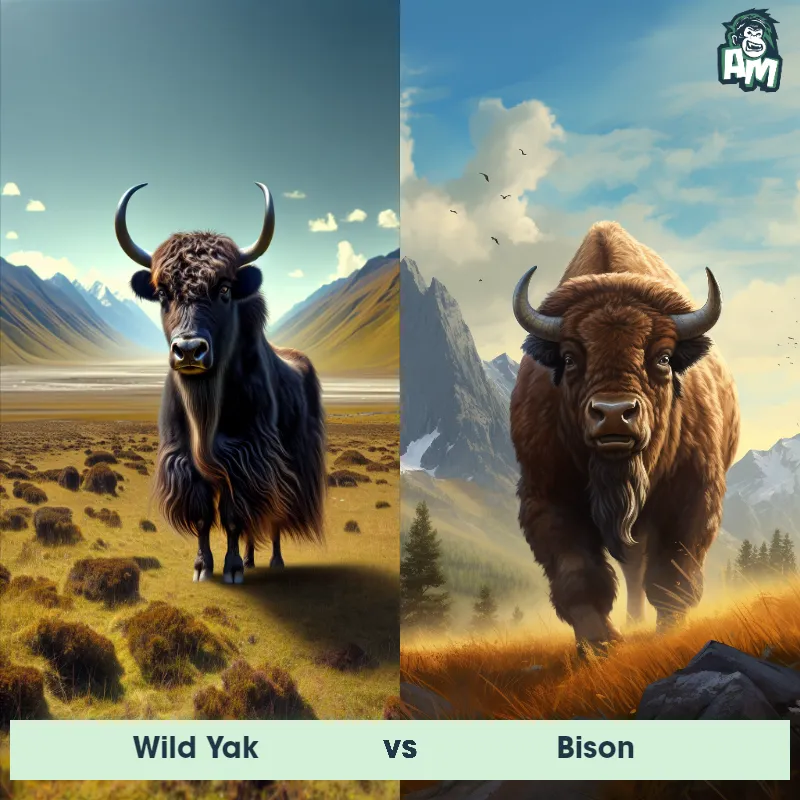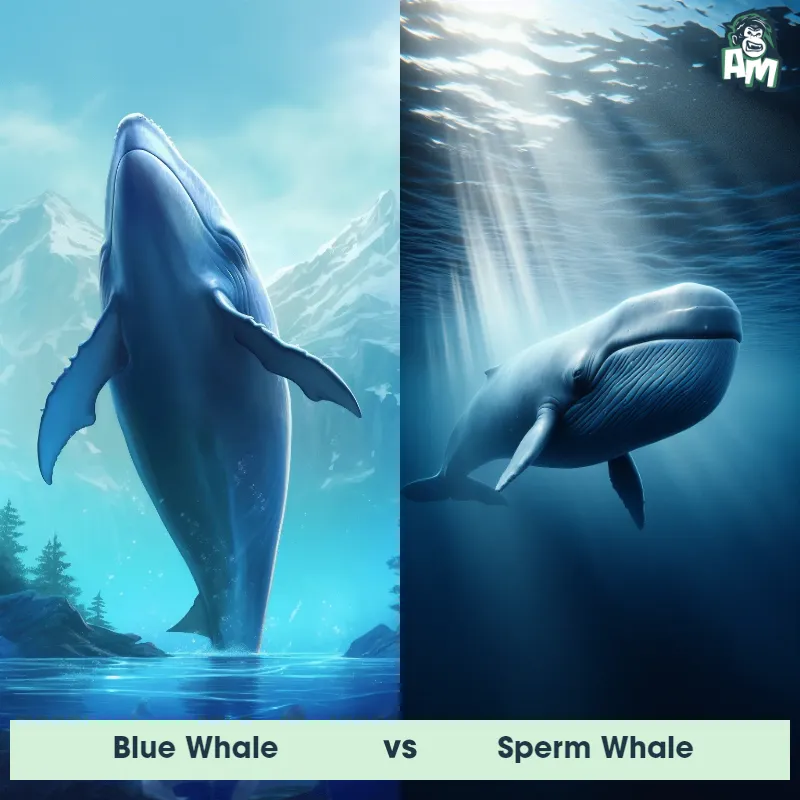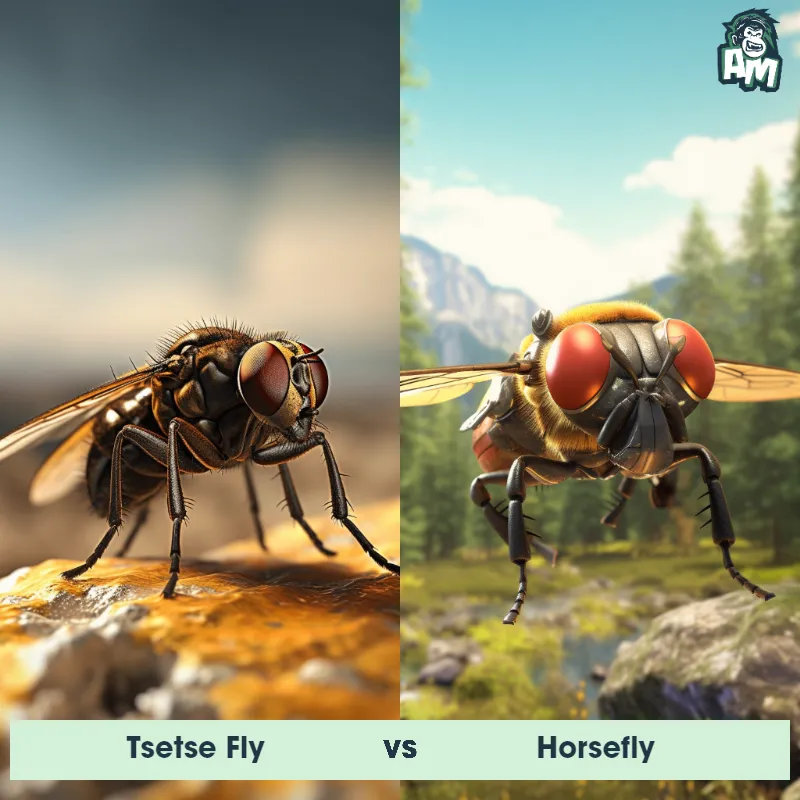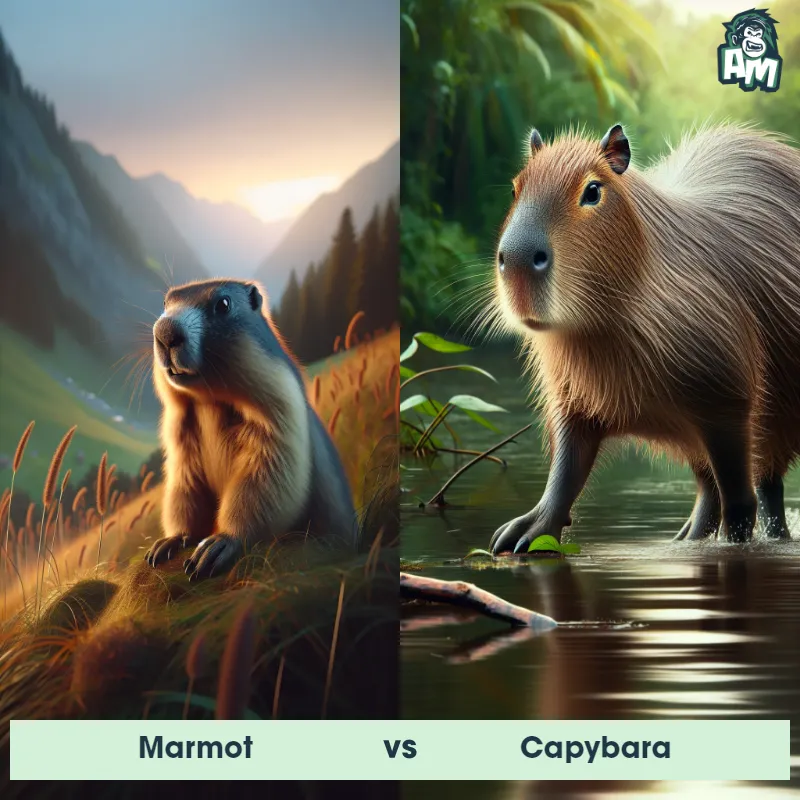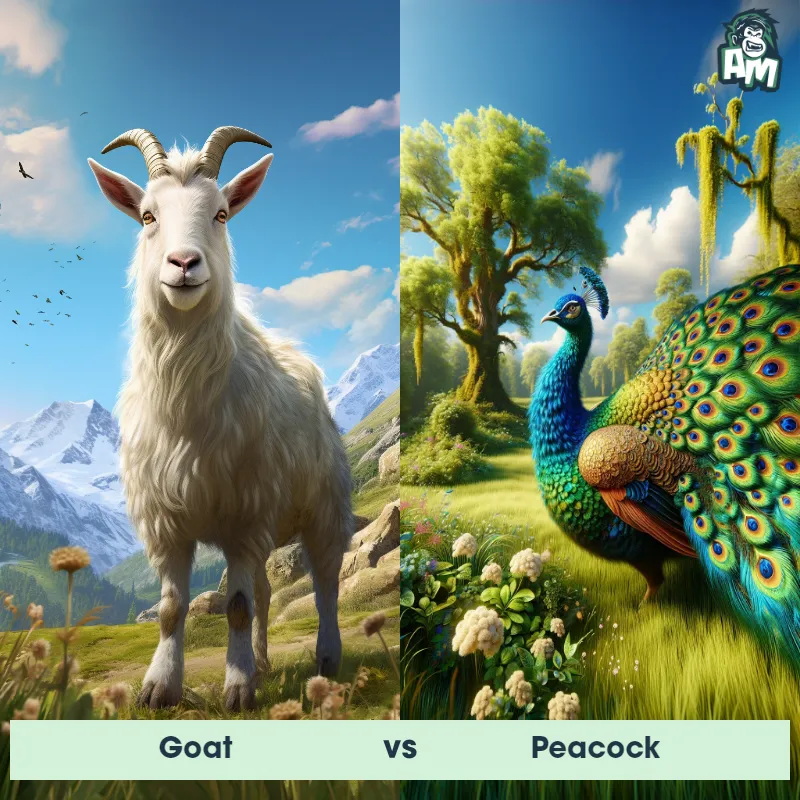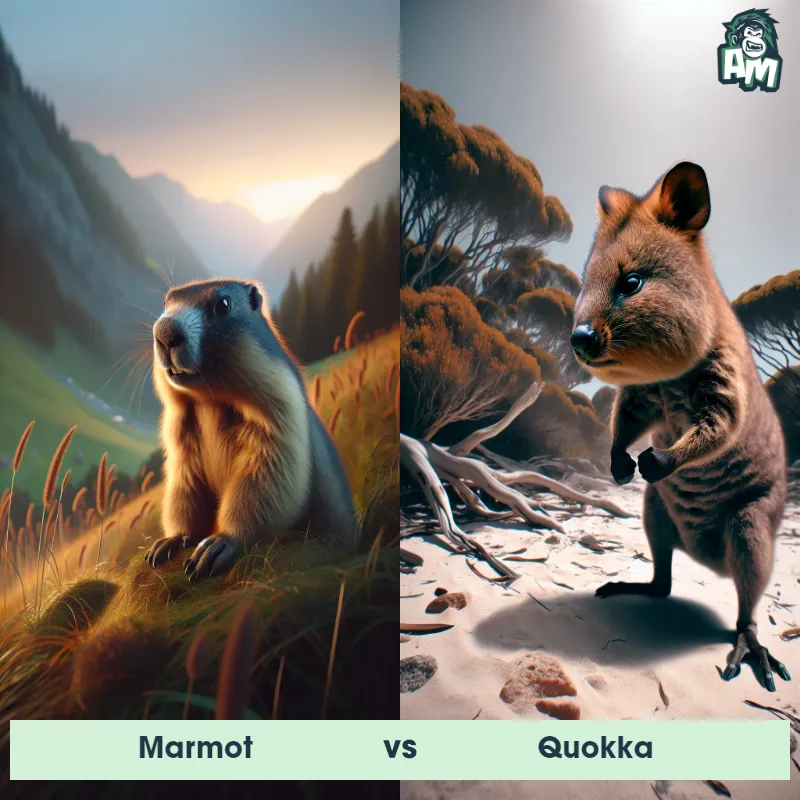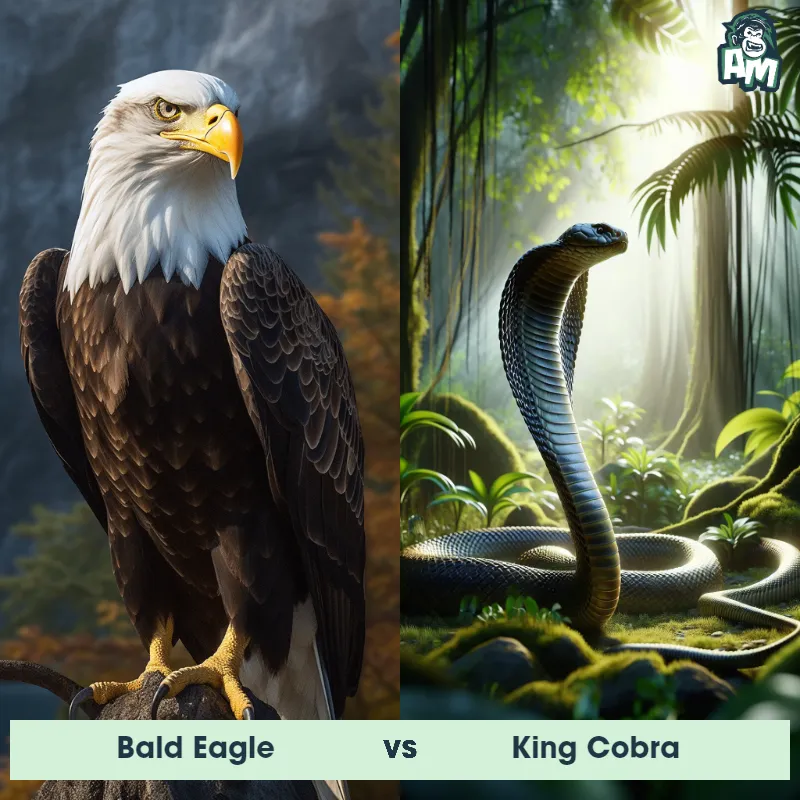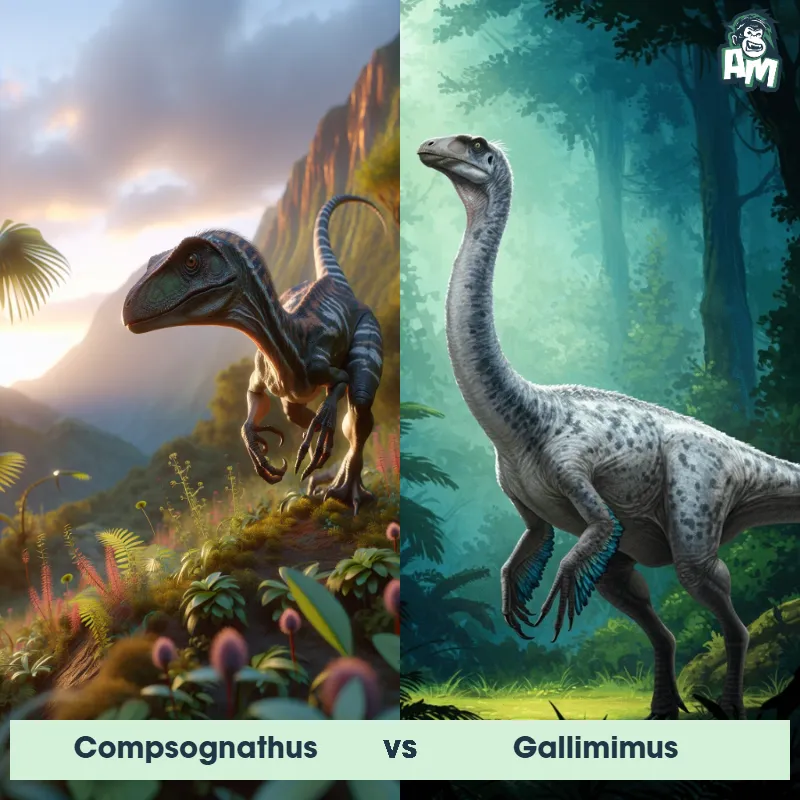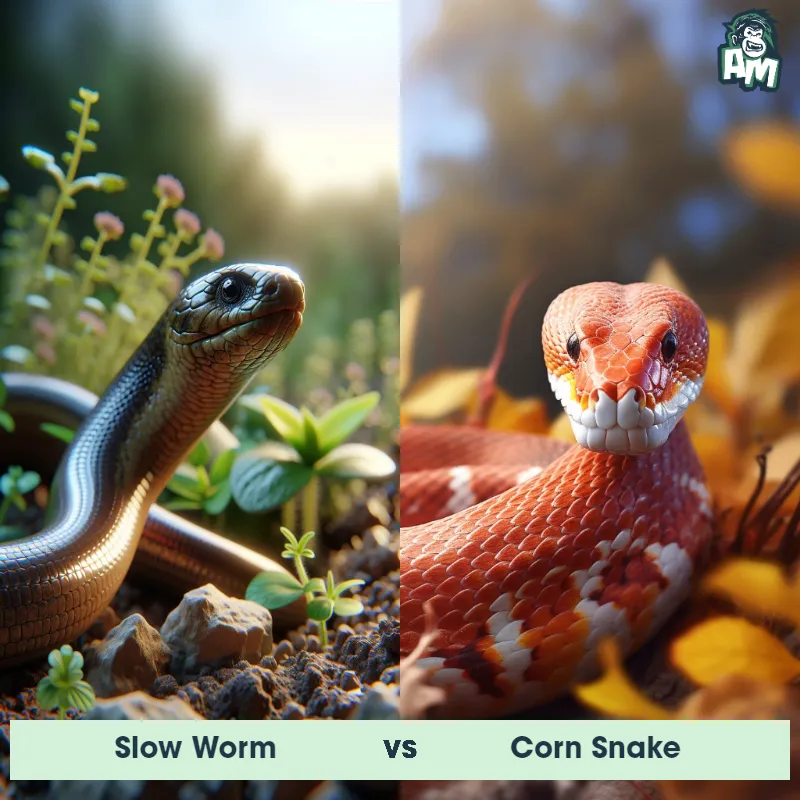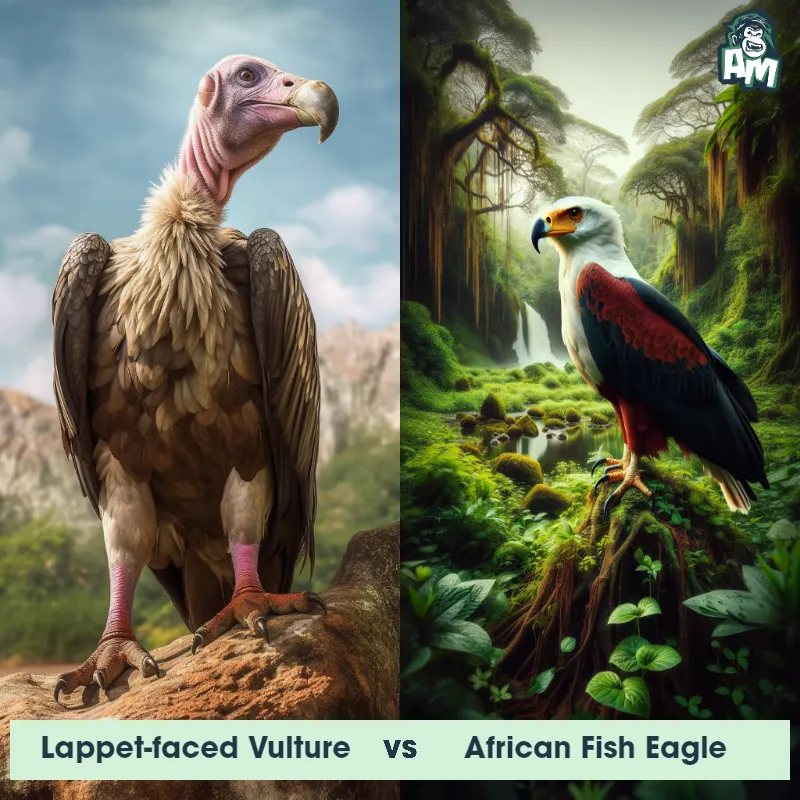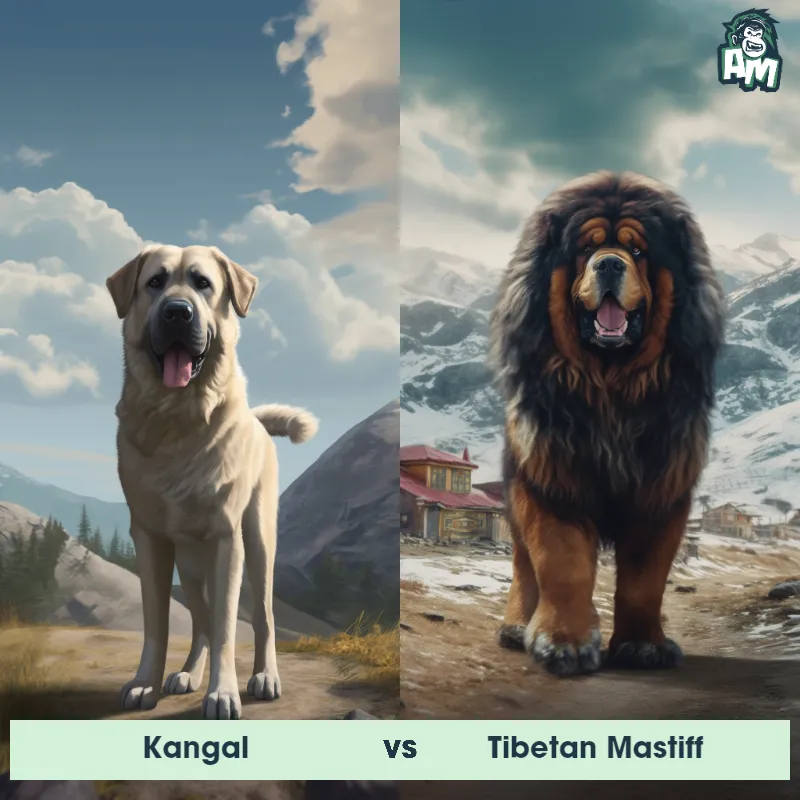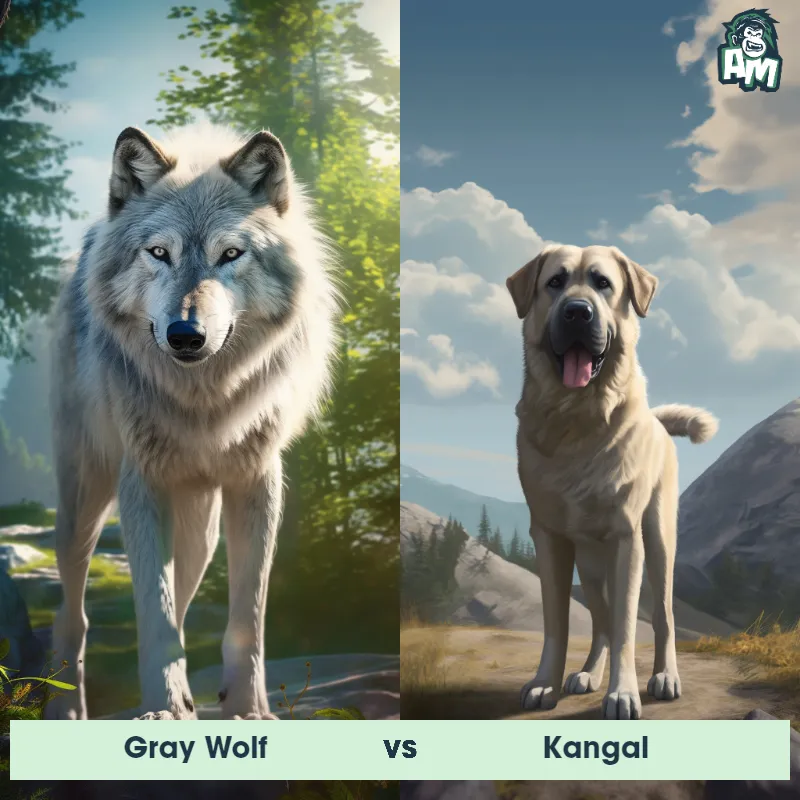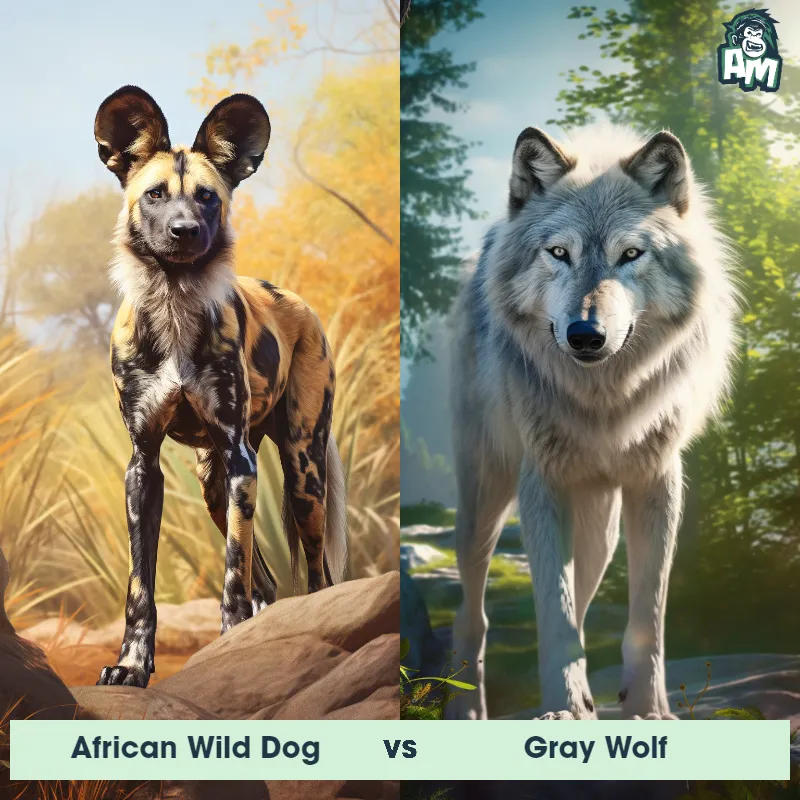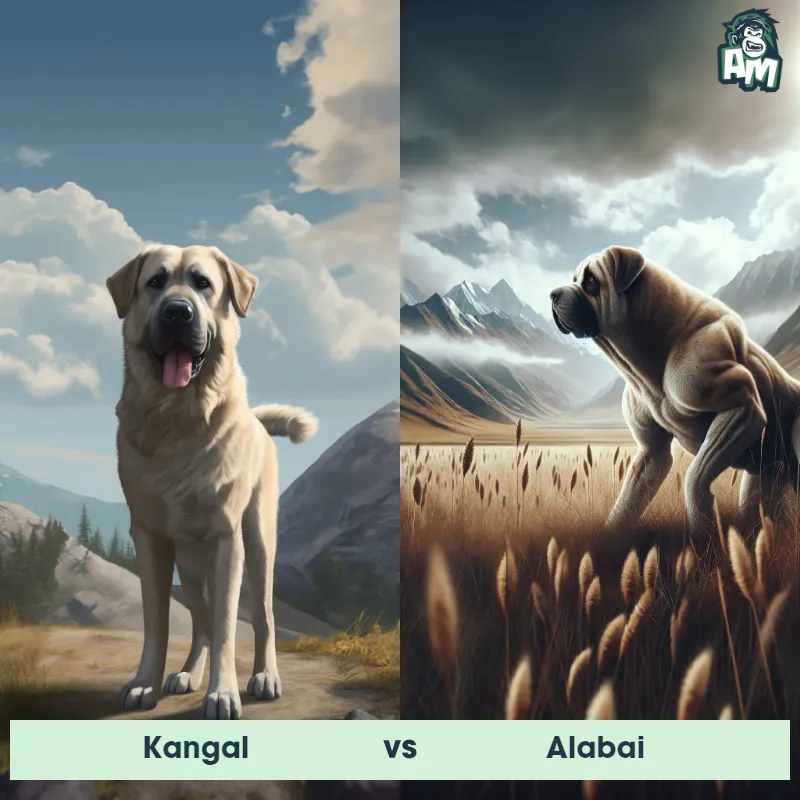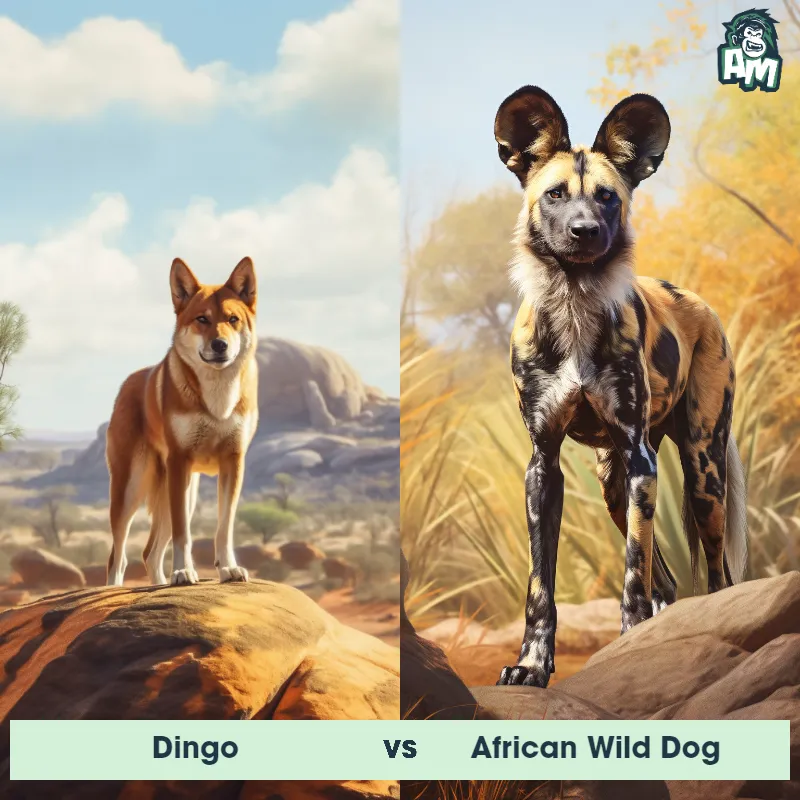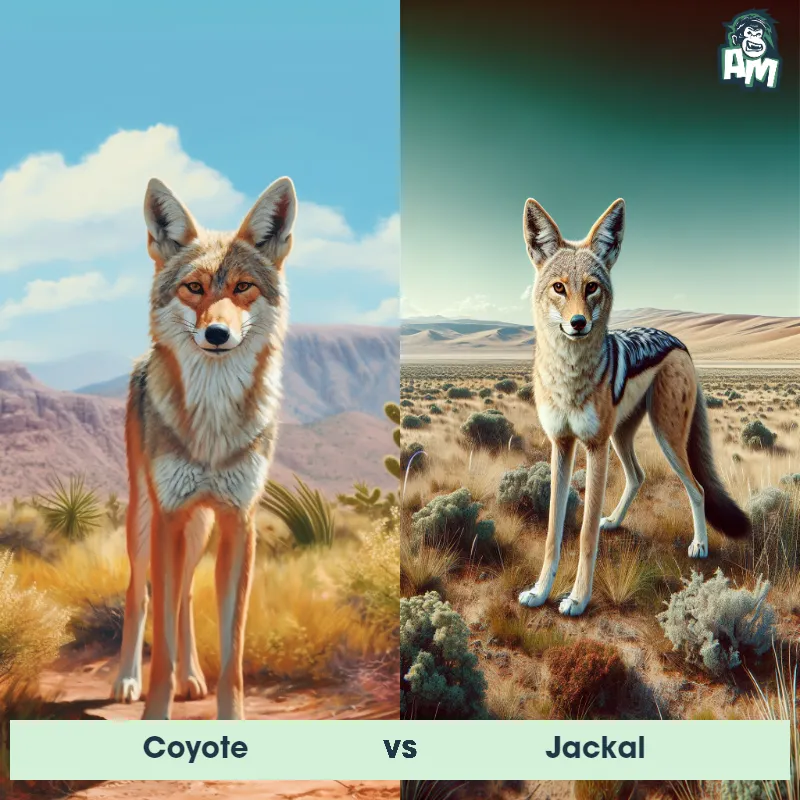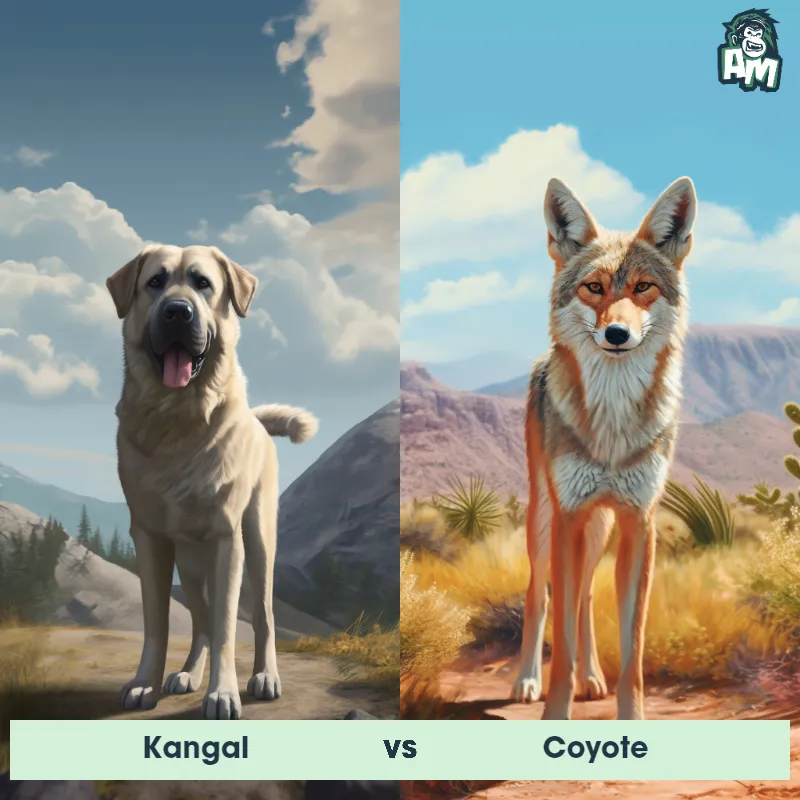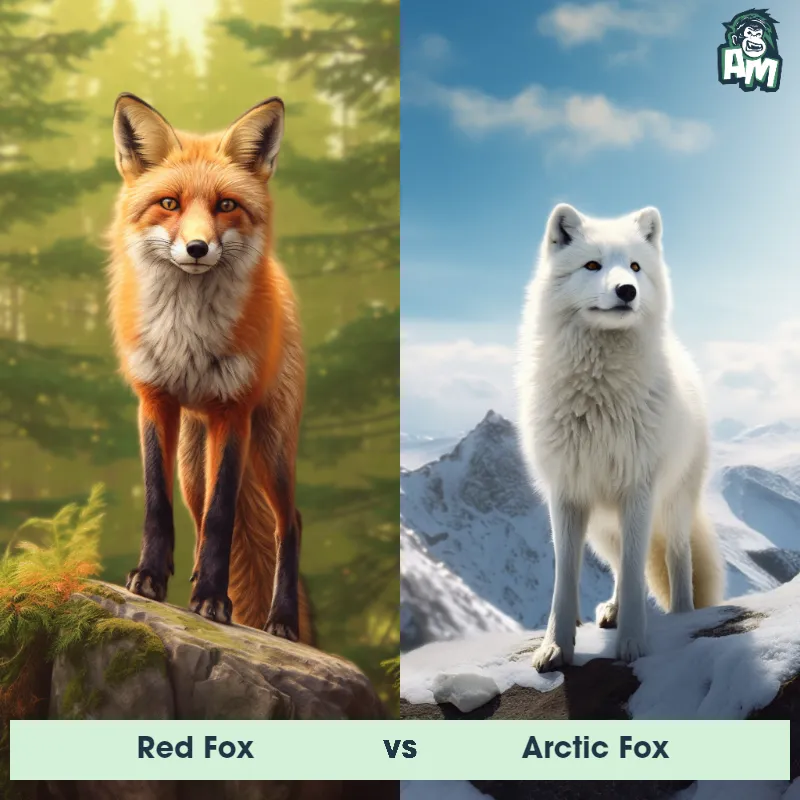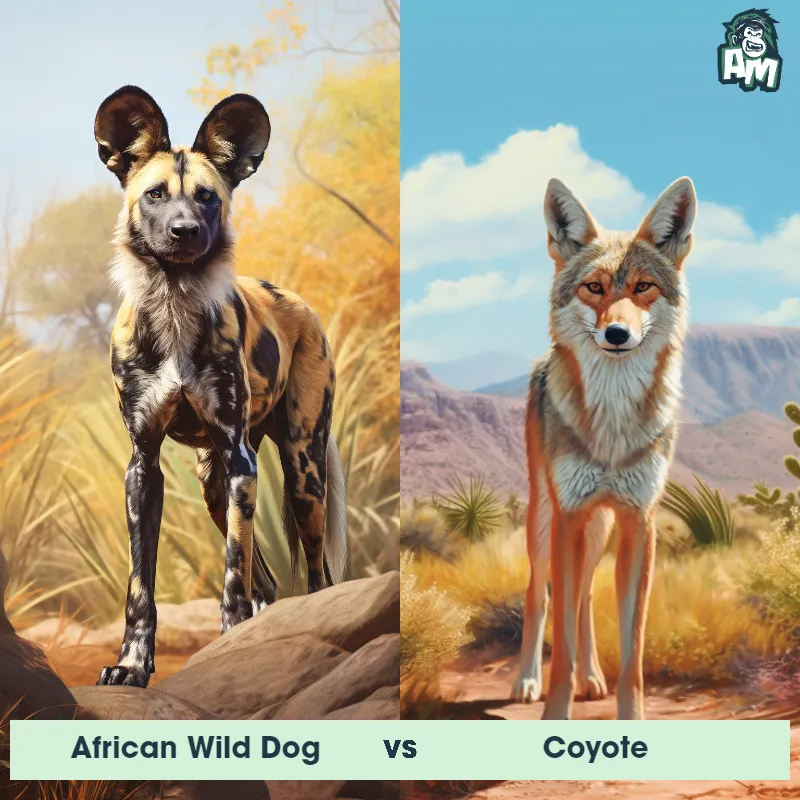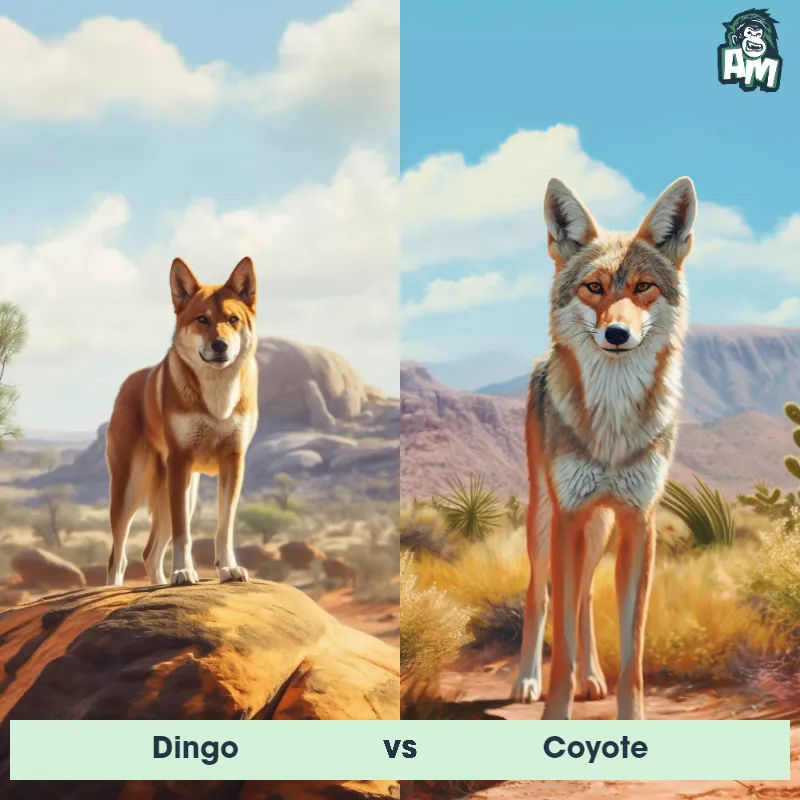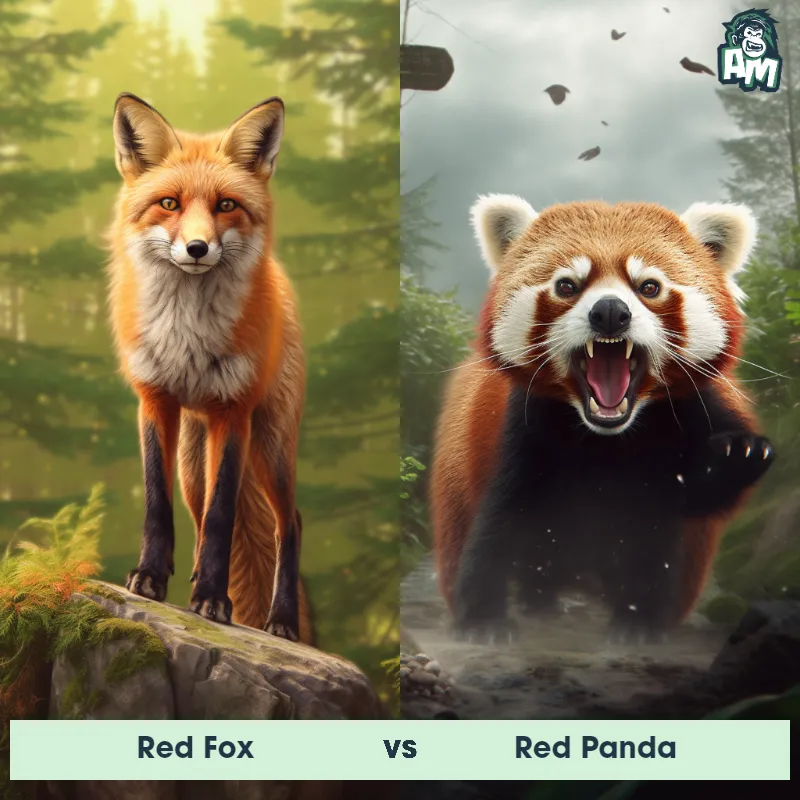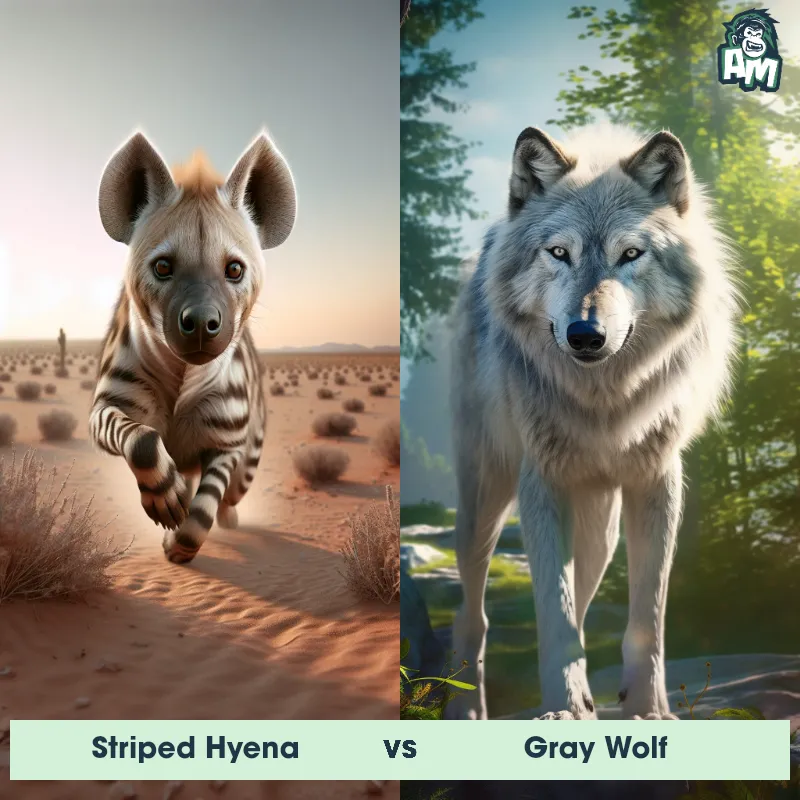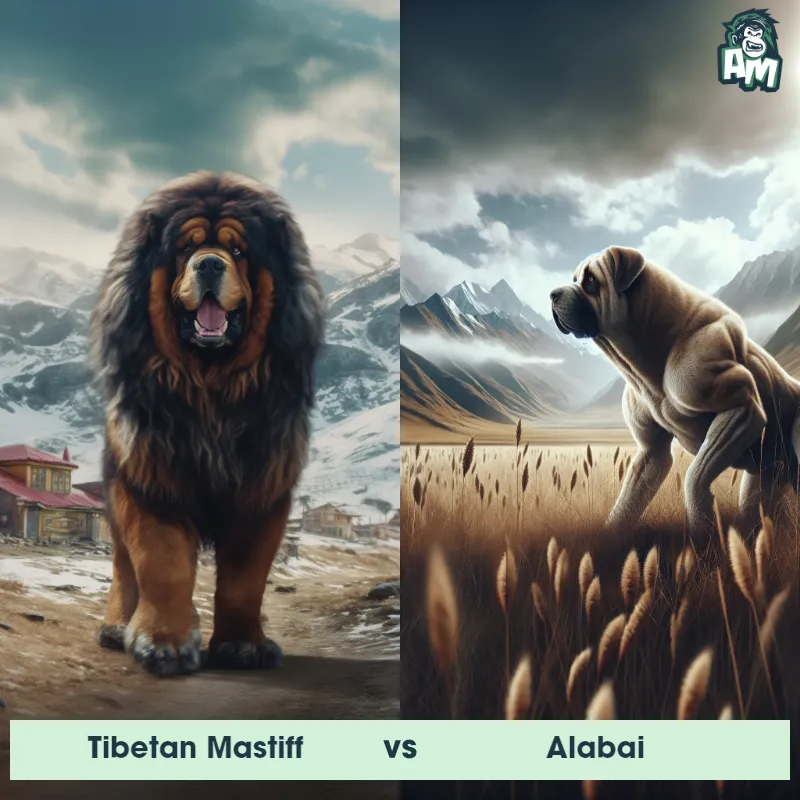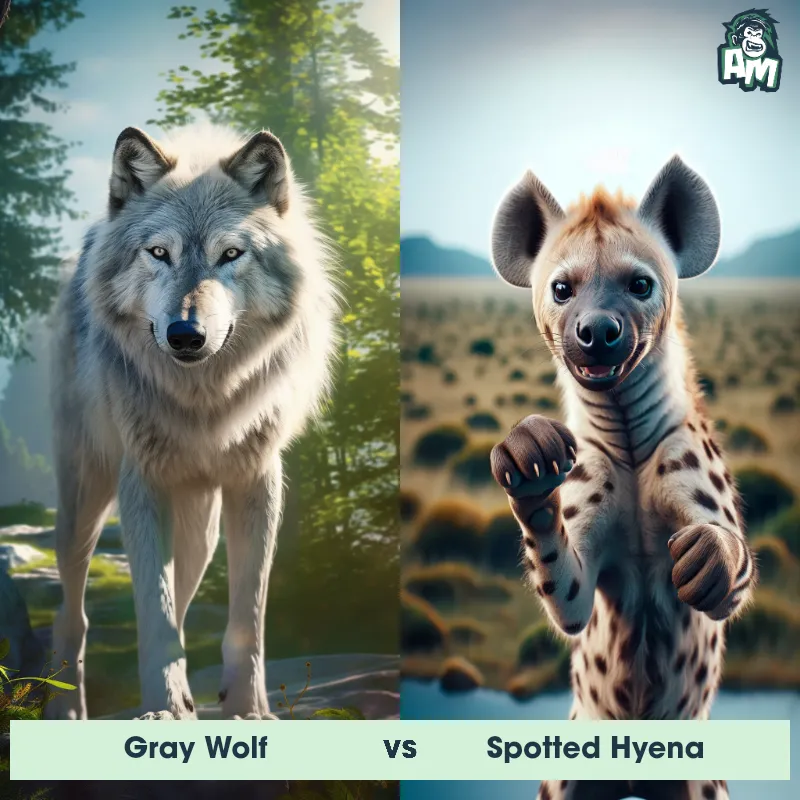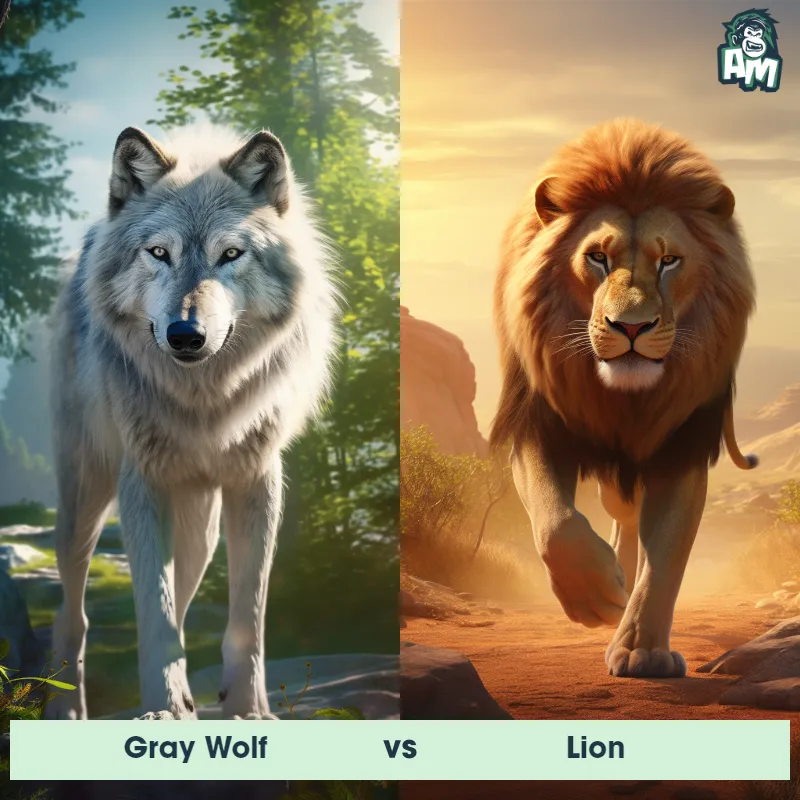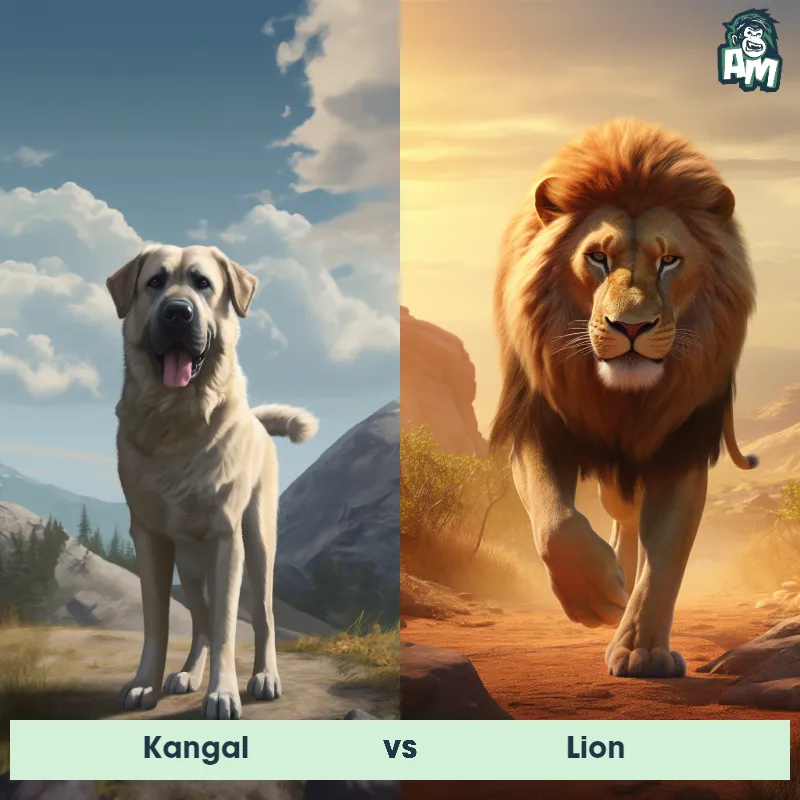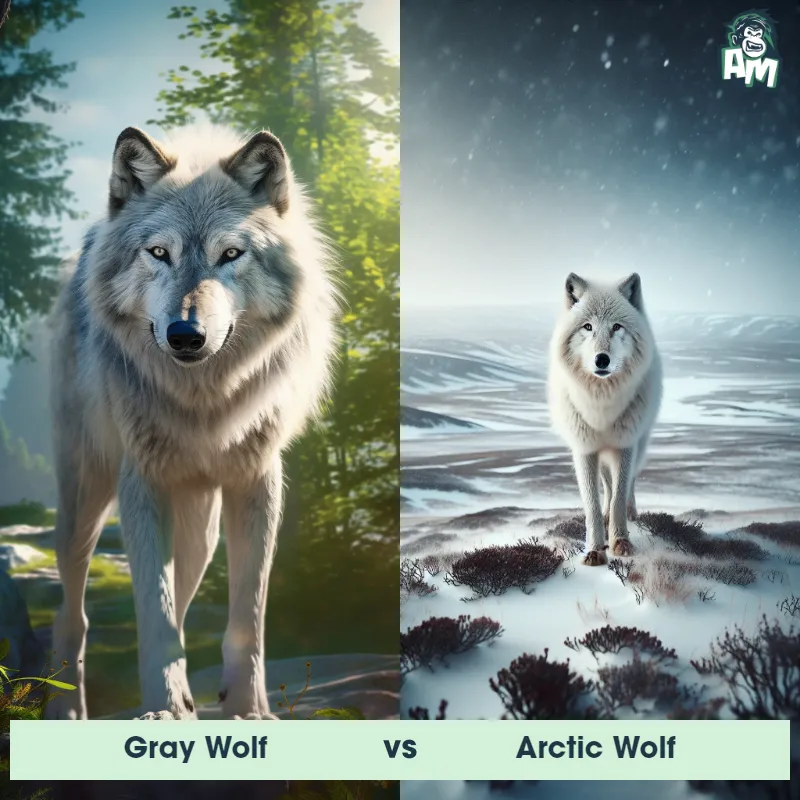Hairy-Nosed Wombat vs DingoSee Who Wins
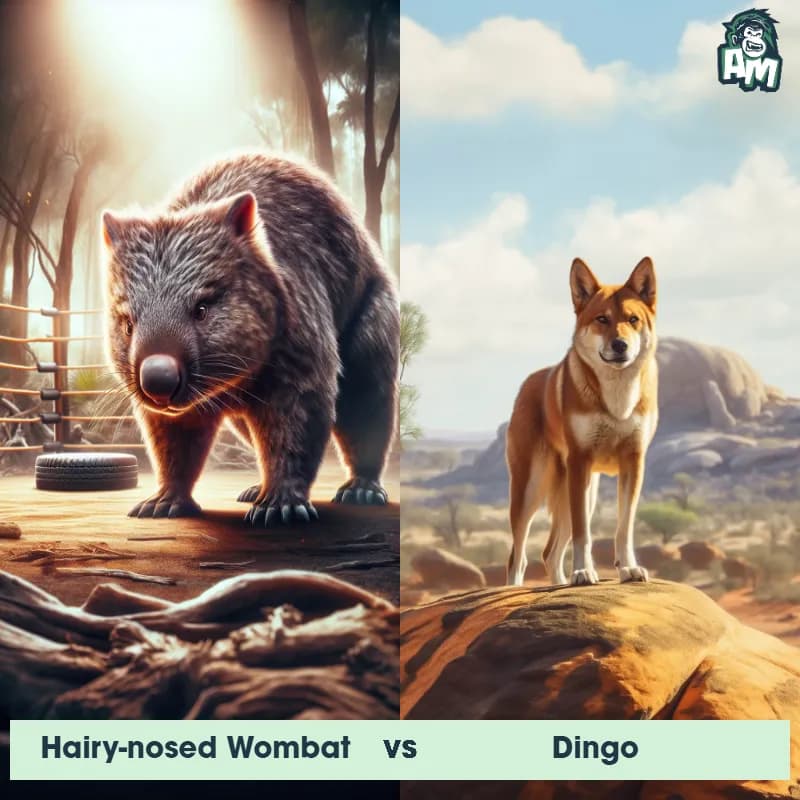
Welcome, ladies and gentlemen, to this exciting animal matchup between a Hairy-Nosed Wombat and a Dingo. These two Australian animals are ready to go head to head in a three-round fight to determine the ultimate winner.
Contender 1: Hairy-Nosed Wombat
The Hairy-Nosed Wombat, also known as the Northern Hairy-Nosed Wombat, is a large marsupial found in Australia. It has a stocky build with short, strong limbs and a broad head. This species is characterized by its distinctive hairy nose and large, strong claws, which it uses for digging burrows. The fur is dense and coarse, ranging in color from sandy-brown to reddish-brown. Hairy-Nosed Wombats are nocturnal creatures and are known for their exceptional digging ability, constructing complex burrow systems that provide shelter and protection.
Fun Fact: The Hairy-Nosed Wombat is one of the rarest mammal species in the world, with estimates suggesting there are less than 200 individuals remaining in the wild.
Contender 2: Dingo
The Dingo, also known as the Australian Native Dog, is a wild canine that is native to Australia. They have a lean and muscular build, with a short, thick coat that can range in color from sandy yellow to red. Dingoes have a distinctive howl and are known for their intelligence and adaptability, as they can survive in a variety of habitats, from deserts to forests.
Fun Fact: Dingoes are one of the few species of dog that can rotate their heads almost 180 degrees in either direction, allowing them to keep a close eye on their surroundings.
Matchup Stats
| Hairy-Nosed Wombat | Dingo | |
|---|---|---|
| Size | 35 inches (90 cm) | 20-24 inches (50-60 cm) at the shoulder |
| Weight | 55 pounds (25 kg) | 22-44 pounds (10-20 kg) |
| Speed | 25 mph (40 km/h) | Speed: 40 mph (60km/hr) |
| Key Strength | Powerful jaws | Speed and agility |
| Biggest Weakness | Limited mobility/agility | Lack of endurance |
Current Votes
Hairy-Nosed Wombat vs Dingo
See Who Wins
View More Matches
Looking For More?
Similar Matches
Scientific Stats
| Hairy-Nosed Wombat | Dingo | |
|---|---|---|
| Scientific Name | Lasiorhinus krefftii | Canis lupus dingo |
| Family | Vombatidae | Canidae |
| Habitat | Grassland and eucalyptus forest | Varied, including deserts and forests |
| Geography | Australia | Australia |
| Diet | Herbivorous, mainly grasses and roots | Opportunistic carnivores, eating small mammals, birds, and reptiles |
| Lifespan | 10 years - 15 years | 5 years - 10 years |
Key Differences between Hairy-Nosed Wombat and Dingo
- Habitat: Hairy-Nosed Wombats are primarily found in Australia's arid and semi-arid regions, while Dingoes are more widely distributed across various habitats in Australia, including deserts, forests, and grasslands.
- Behavior: Hairy-Nosed Wombats are solitary, nocturnal animals that spend most of their time underground in burrows, whereas Dingoes are primarily pack animals, known for their social structure and hunting in groups.
- Conservation status: The Hairy-Nosed Wombat is considered critically endangered, with only around 250 left in the wild, while the Dingo is classified as a vulnerable species due to threats such as habitat loss and genetic dilution from hybridization with domestic dogs.
- Physical features: The Hairy-Nosed Wombat has a distinctive cube-shaped body, large head, and powerful claws for digging, whereas the Dingo has a more slender, agile body with pointed ears and a bushy tail.
- Size: The Hairy-Nosed Wombat is typically larger and heavier than the Dingo, with adult wombats weighing up to 35 kilograms compared to adult dingoes weighing around 15-20 kilograms.
- Color: The Hairy-Nosed Wombat has a predominantly grey-brown fur color, while the Dingo often has a coat that ranges from sandy yellow to red.



